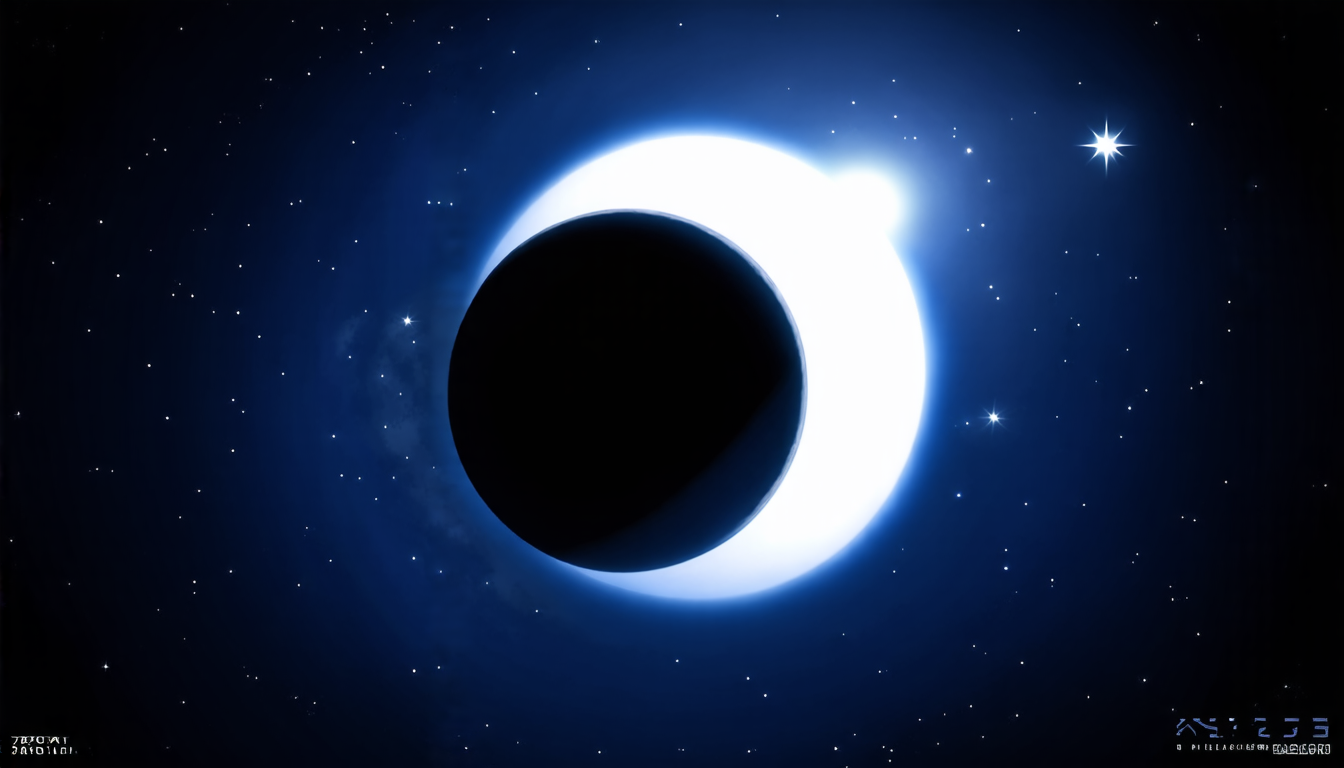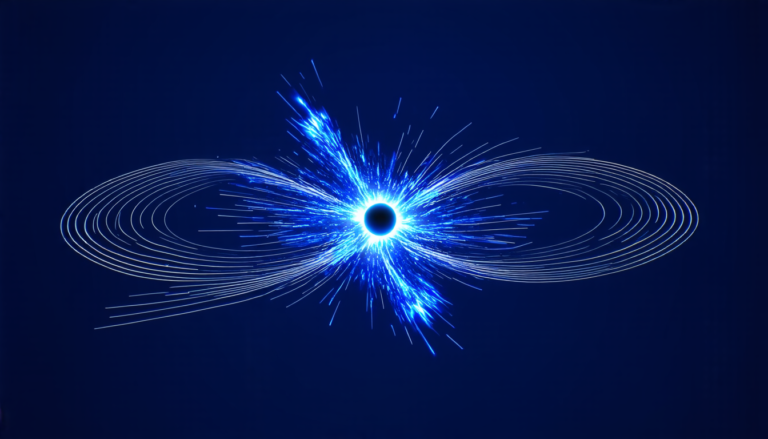Sunday 25 May 2025
For decades, astronomers have been searching for planets orbiting white dwarf stars, which are the remnants of stars that have exhausted their fuel and shed their outer layers. These stars are incredibly hot, reaching temperatures of over 10,000 degrees Celsius, making it challenging to detect any planets in their vicinity. However, a team of scientists has made a significant breakthrough by detecting thermal emission from a planet orbiting a white dwarf star.
The planet, known as WD 1856 b, is a gas giant that orbits its host star every 20 hours. This is extremely close compared to other planets discovered so far, and it’s thought that the planet may have formed through a process called gravitational capture. In this scenario, the planet would have been drawn towards the white dwarf after being ejected from its original orbit.
The detection of WD 1856 b was made possible by the James Webb Space Telescope (JWST), which has been designed to study the formation and evolution of galaxies in the early universe. The telescope’s Mid-Infrared Instrument (MIRI) is particularly well-suited for detecting thermal radiation from objects in our own galaxy.
The team behind this discovery used MIRI to observe WD 1856 b over a period of several weeks, collecting data on its infrared light emission. By analyzing this data, they were able to determine the planet’s mass and orbital distance from its host star. The findings suggest that WD 1856 b is a massive gas giant, with a mass at least six times that of Jupiter.
This discovery has significant implications for our understanding of planetary formation and evolution. It suggests that planets can form through a variety of mechanisms, including gravitational capture, and that they can survive even in extreme environments such as those found around white dwarf stars.
The detection of WD 1856 b also opens up new possibilities for studying the atmospheres of exoplanets. By analyzing the thermal radiation emitted by the planet, scientists may be able to learn more about its composition and atmospheric properties.
In the coming years, astronomers will likely continue to study WD 1856 b and other planets orbiting white dwarf stars. As our understanding of these systems grows, we may uncover new insights into the formation and evolution of planetary systems in general.
Cite this article: “Detection of a Gas Giant Planet Orbiting a White Dwarf Star”, The Science Archive, 2025.
White Dwarf Stars, Planets, Gas Giants, Thermal Emission, James Webb Space Telescope, Mid-Infrared Instrument, Miri, Exoplanets, Planetary Formation, Gravitational Capture







